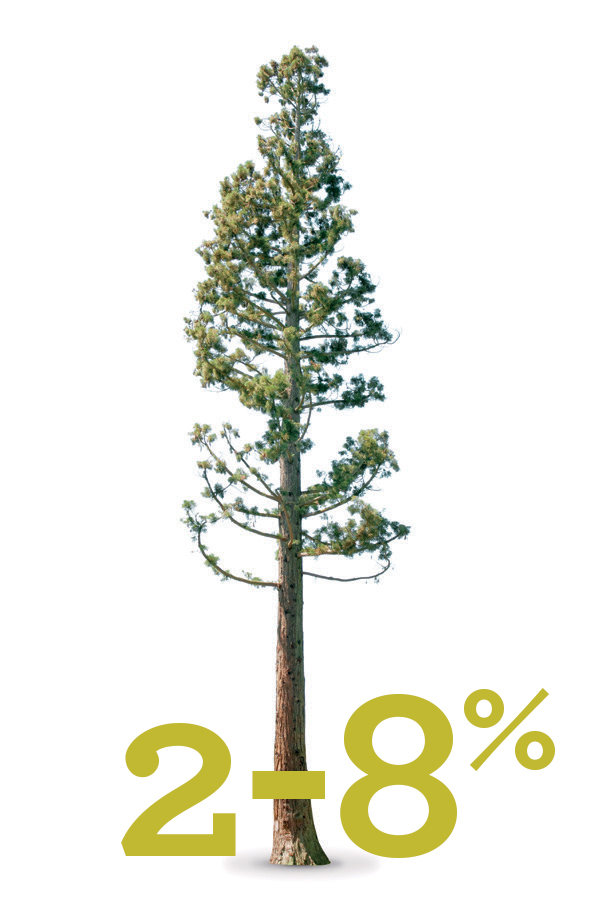
Fall 2022 ForestLife
Offsetting Fiery Rumors
It is widely recognized that forests are our most powerful, rapidly expandable, and extensive natural carbon sink.
And while governments around the world call on each other to conserve their forests, the only way landowners are compensated for their direct carbon benefits is through the carbon offset market. While there are numerous criticisms of the variable offset standards used in the voluntary market (lack of transparency, short duration, lack of 3rd party verification, lack of buffer pools, etc.), the compliance market standards are transparent, fully meet global definitions for permanence, and have an ample buffer pool to cover the risk of loss across all offset types, including forests.
The accounting in the compliance Protocol is also highly conservative in its design. It deliberately does not credit many tons of carbon that are actually sequestered by requiring low-risk assumptions throughout the calculations. There is also a mandatory, significant buffer pool requirement which is not credited—until it has to be used. The adequacy of the buffer pool, however, was recently called into question as fires have increased across California and the West writ large. The concern is that there would not be enough tons in the California Air Resources Board (CARB) buffer pool (an insurance program) to cover potential losses from fires or other unintended “reversals” (carbon losses) in forests under compliance projects. In fact, CARB, the entity charged with the compliance offset program, has again been quite deliberately conservative in how they account for fire impacts on carbon stores.

Only 2-8% of a forest’s carbon is emitted in fires, far less than typical estimates.
Under CARB’s accounting, all fire impacts are counted as immediate emissions. However, we now know from a recent Oregon State University study that only 2–8% of a forest’s carbon is actually lost (emitted) from fire. The remaining carbon—the vast majority— remains on site and is released slowly over time. That is a hugely conservative approach and one which the public benefits from. Further, like any good insurance program, the buffer pool itself is diversified—it pulls together contributions from projects all over the country, many of which have very rare instances of fire. This way, the overall risk is mitigated and diluted for any specific offset project site. The buffer pool is thus more than adequate and continues to grow with new projects.
From some points of view, the accounting would be more correct if the fire-based emissions were discounted over time as those dead trees decay, similar to how wood products are handled. CARB has a planned workshop this October to address ways to improve the Forest Carbon Offset protocols, building on the recommendations developed by an ARB Task Force, whose work was completed in 2021, and other assessments. The Protocols can no doubt be continually improved as we learn more from practice and research. In this case, the science shows that CARB’s approach is quite conservative, careful in ensuring a reliable buffer pool that is robust and durable.
More in this Issue of ForestLife
- President’s Letter: Looking Back, Looking Forward
- Donor Profile: Ben Hammett
- Going to Scale with Shasta Timberlands Working Forest
- Restoring Fire and Climate Resilience
- Reaching for the Sky on California van Eck
- Meet Outside-the-Box Awardee Merv George, Jr.
- Meet Our Summer Interns
- Annual Report: 2021 in Brief
